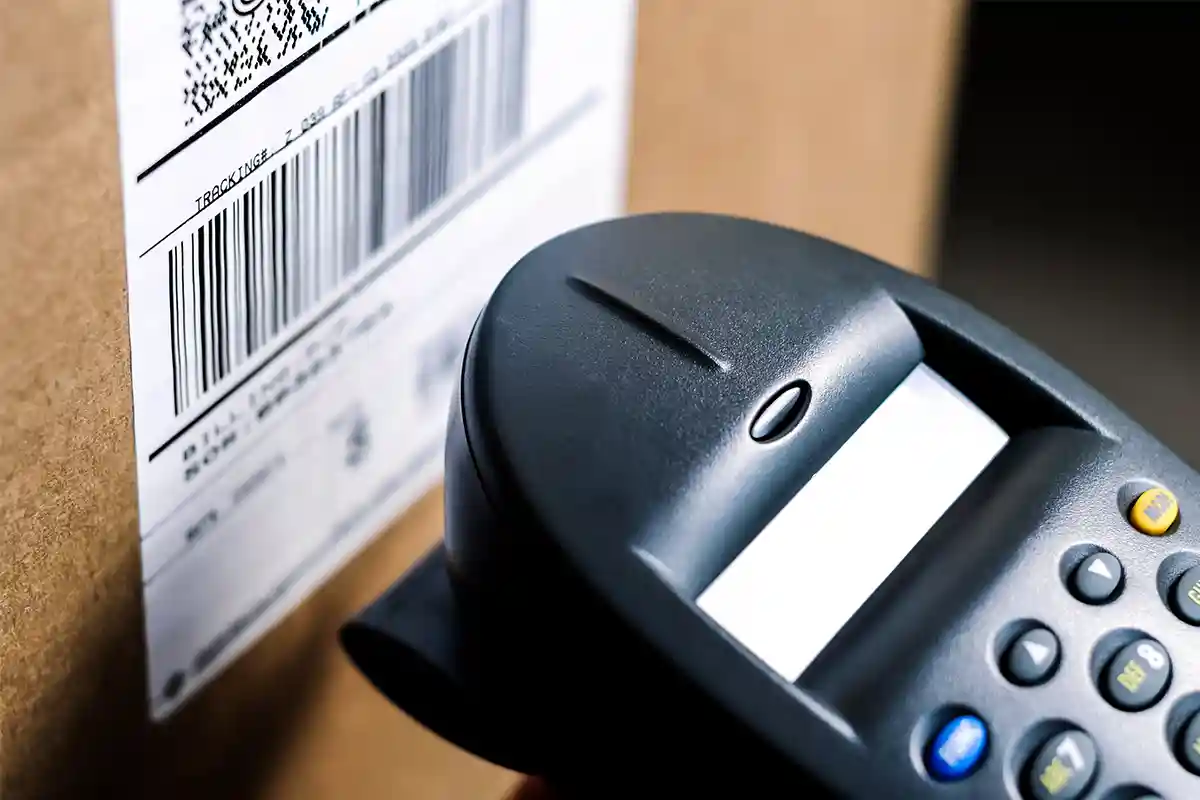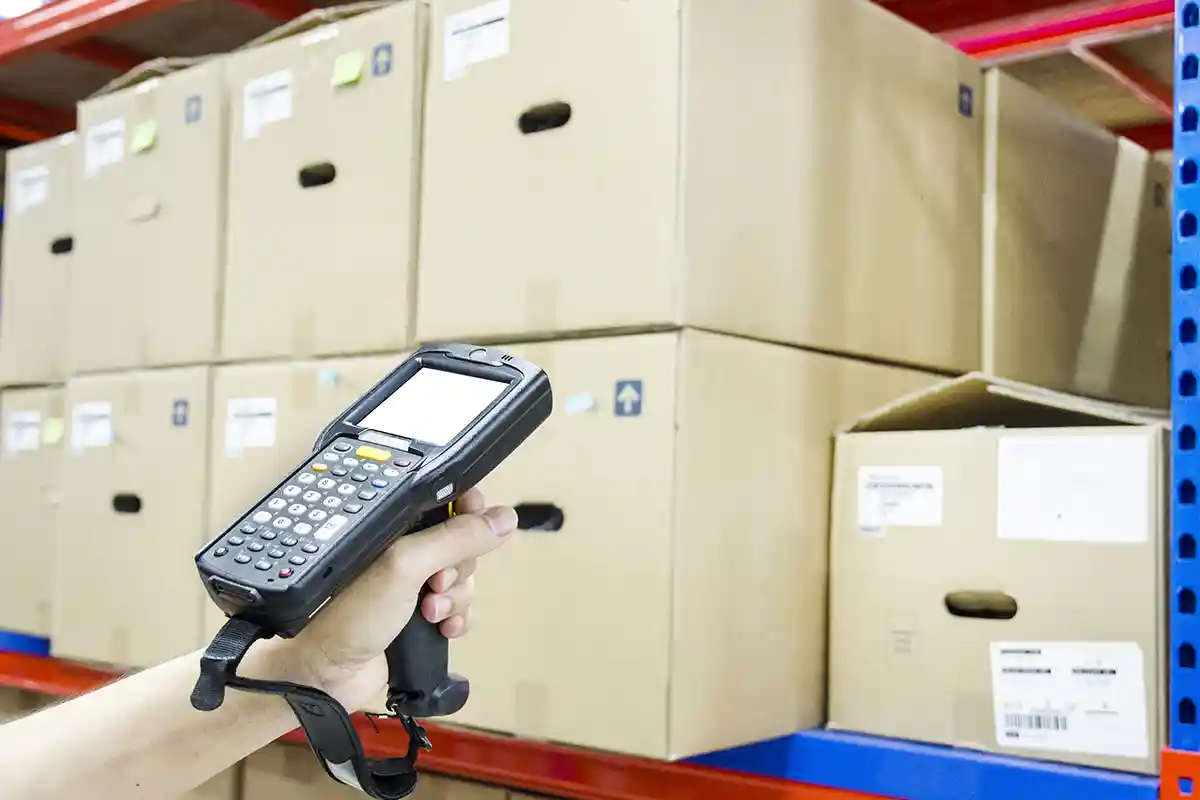Deliberately restrict Functionalities
Modern mobile device scanners provide you with a lot of useful functions. However, in some cases it makes sense to limit their functionality. This can increase employee productivity, prevent incorrect entries and minimize the risk of loss. Among others on Android devices this feature is called “kiosk mode”. Its advantages, functions and activation are explained in the following article.
book1094 words timelapse6 minutes reading time
Pave the Way to better Work Conditions 🔗︎
Modern mobile device scanners and their operating systems are equipped with a wide range of features. That’s why they are well suited for many tasks. However, a full range of functions not only bears advantages. There are also situations in which it could be useful to restrict functionality in order to make work processes more efficient or to reduce the risk of danger. In these cases, the kiosk mode, which has already been installed on many operating systems, can provide good services.
Cope with Work Processes 🔗︎
Especially when it comes to optimizing data acquisition, it may be important to define the scope of functions as precisely as possible along a given work path. In today’s warehouse management and logistics, where tasks are becoming increasingly diverse on the one hand, and new staff must be trained quickly on the other, this has many advantages in particular. In this way, new employees with little know-how or employees who have to help out, can quickly become familiar with the function and the work process. This is made possible by the fact that, using kiosk mode only those programmes or functions can be started or (de)activated that are necessary for the immediate performance of the task. This not only speeds up familiarization, but also ensures that the scanner is not misused during working hours. Another advantage of the kiosk mode is that it can significantly reduce the risk of theft - after all, an MDE scanner with limited specific functionality is by far not as attractive as one with full, freely accessible functionality.
Process Security 🔗︎
In addition, in kiosk mode you can only use applications that have previously been specified. Also, the programme cannot be terminated by the user arbitrarily. Especially regarding security or in case a predefined work process is to be followed, such predefined work and handling steps are quite useful. In this way, basic settings cannot be changed or data loss due to premature programme closures can be prevented. In this way, a kiosk mode ensures more process reliability in everyday operations. In addition, the kiosk mode eliminates or reduces the number of gateways in the operating system and in the software as third-party applications cannot easily access the device’s own applications and information.
Mobile Device Management 🔗︎
The Android kiosk mode provides only basic functionality, which should be sufficient in many cases. However, there are also professional mobile device management solutions available on the market that can cover a much wider range of device management functionality. For example, with the help of MDM software, individual apps and functions of the MDE scanner inventory can be activated or deactivated remotely. Furthermore, limiting functionality or access to certain data can be done by means of entries in white and black lists. A well-known MDM software solution - which can also be operated on Android devices - is MobiControl by SOTI for example.
Application Scenarios 🔗︎
The kiosk mode can also provide good services for logistics and warehouse management. For example, depending on the functionality scope of a MDE device, data can only be entered in designated fields during the mobile recording of items in goods receipt. This prevents information from accidentally ending up in the wrong database or prevents data from being entered incorrectly in the first place. It is also possible to deactivate applications that are not needed for current tasks. In another scenario, data transmission outside the company can thus be prevented by either deactivating transmission via UMTS/LTE - what is being supported by many modern MDE scanners - or by using apps that are preconfigured to forward data only to internal systems.
Delivery Process 🔗︎
The delivery process needs special consideration, as in logistics especially delivering goods and orders is critical - also due to a frequently changing workforce. In a busy day-to-day operation, new employees often get access to sensitive customer data without being sufficiently familiar with the intricacies of device functionality and mobile data acquisition. In this context, it is particularly important - also to remain data protection compliant - to collect only data that is really needed. In addition, you should ensure that this data does not get into the wrong storage locations or the wrong hands. This can be achieved by activating only those input fields in the corresponding applications that are required for data acquisition and by the input device or application preventing data transmission outside the intended transmission paths and locations.
Finally, it is also about uniform input values, which are important to make conclusive comparisons later. This includes input formats which can vary from region to region. You can define a format that should always be valid or valid under certain conditions - e.g. a comma as a separator instead of a full stop.
Activate Kiosk Mode 🔗︎
And this is how you can activate kiosk mode on Android devices (kiosk mode is generally supported on Android devices from the Lollipop version onwards [5.x]):
android Android 9
- In the settings “Biometrics and Security”.
- Navigate down to “Other Security Settings”.
- Activate “Pin Window” with one click (located at the very bottom).
- Click on the menu item to view the function explanations in the advanced settings. You can also prevent the pinned window from being detached using a PIN or pattern.
- To open the app that is to be pinned, click on “Current Apps”. At the top there is the icon of the app that has been opened. Click to open a selection where the function “Pin this App” can be executed.
- Finally, confirm “Switch on ‘Pin window’” with the OK button
- If the app is to be unpinned, click on “Current Applications” and “Back” at the same time. This takes you to the lock screen, which can now be unlocked.
android Android 8
- In the settings, navigate don from “Device Security”.
- Go to the menu item “Other security settings” (located at the very bottom).
- Activate “Pin Window” with one click (located quite far down)
- Click on the menu item to view the feature explanations in the advanced settings. You can also prevent the pinned window from being detached with a pin or a pattern.
- To open the app that is to be pinned, click on “Current Apps”. At the bottom right you will now see the pin symbol with which the window can be pinned.
- Finally, confirm “Switch on ‘Pin window’” with the OK button.
- If the app is to be unpinned, click on “Current applications” and “Back” at the same time. This takes you to the lock screen, which can now be unlocked.
3 Ways to increase Barcode Scanner Protection
Barcode scanners are an important part of data acquisition. After having made a sufficient investment, it is often assumed that they will have a long service life. There is great surprise and annoyance in case the devices give up prematurely. Common reasons for that are improper use and insufficient protection of the barcode scanners. That is why it is important to think about adequate protection in advance.
Smartphones vs. professional Mobile Device Scanners
In addition to professional MDE solutions, smartphones are increasingly being used as barcode scanners today. For less demanding tasks, they can play to their strengths. However, as requirements increase, their advantages increasingly fade - until they have to pass the baton to professional MDE devices. In the end, it’s careful consideration what counts.

